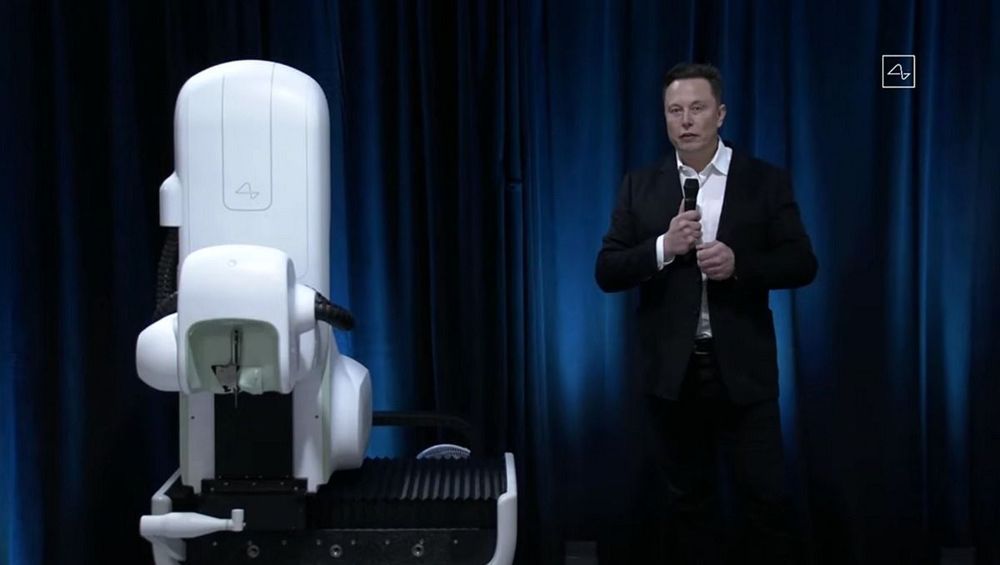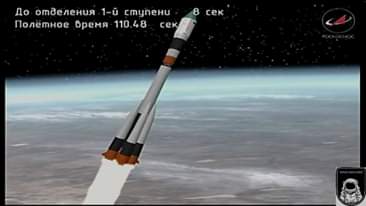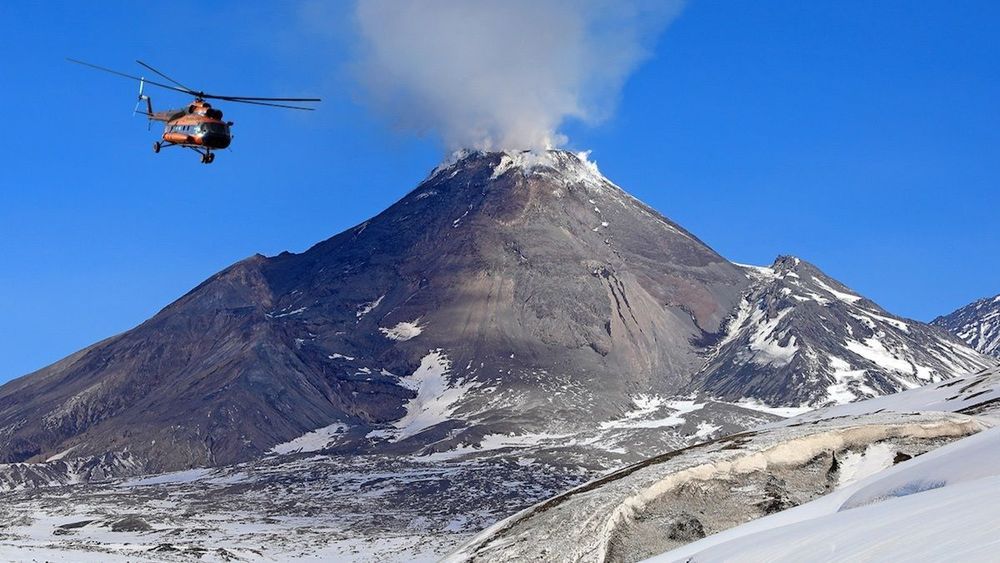Page 6215
Sep 13, 2020
Meet This Year’s WIRED25: People Who Are Making Things Better
Posted by Derick Lee in categories: biotech/medical, robotics/AI

When Sartre said hell is other people, he wasn’t living through 2020. Right now, other people are the only thing between us and species collapse. Not just the people we occasionally encounter behind fugly masks—but the experts and innovators out in the world, leading the way. The 17-year-old hacker building his own coronavirus tracker. The Google AI wonk un-coding machine bias. A former IT guy helping his community thwart surveillance. There are people everywhere, in and out … See More.
The scientists, technologists, artists, and chefs who are standing between us and species collapse.
Sep 13, 2020
Elon Musk’s Neuralink — The Dark Side
Posted by Dirk Bruere in categories: biotech/medical, Elon Musk, robotics/AI

TLDR: Scroll down to Conclusions.
Elon Musk has recently unveiled his company’s first Neuralink device implanted in an experimental animal — a pig.
Sep 13, 2020
AI Avatars — from Clippy to Rommie and Beyond
Posted by Dirk Bruere in category: robotics/AI
From the Merriam-Webster dictionary:
Avatar derives from a Sanskrit word meaning “descent,” and when it first appeared in English in the late 18th century, it referred to the descent of a deity to the earth — typically, the incarnation in earthly form of Vishnu or another Hindu deity. It later came to refer to any incarnation in human form, and then to any embodiment (such as that of a concept or philosophy), whether or not in the form of a person. In the age of technology, avatar has developed another sense — it can now be used for the image that a person chooses as his or her “embodiment” in an electronic medium.
Sep 13, 2020
Glial Cells Play an Active Role in the Nervous System
Posted by Genevieve Klien in categories: biotech/medical, evolution, neuroscience
Summary: Glial cells not only control the speed of nerve conduction, but they also influence the precision of signal transduction.
Source: University of Münster
For the brain to work efficiently, it is important that a nerve impulse arrives at its destination as quickly and as precisely as possible. It has been long been known that the nerve fibres — also known as axons — pass on these impulses. In the course of evolution, an insulating sheath — myelin — developed around the axons which increases the speed of conduction. This insulating sheath is formed by the second type of cell in the nervous system — the glial cells, which are one of the main components of the brain. If, as a result of disease, myelin is depleted, this leads to neurological disorders such as Multiple Sclerosis or Morbus Charcot-Marie-Tooth.
Sep 13, 2020
Watching a volcano make a comeback
Posted by Genevieve Klien in categories: drones, satellites
Scientists analyse images over seven decades.
German and Russian scientists say they have documented the life cycle of a volcano for the first time, revealing that it has a kind of “memory”.
The volcano in question is Bezymianny, an active stratovolcano on the Kamchatka peninsula in eastern Russia which suffered a collapse in its eastern sector back in 1956.
Sep 13, 2020
#SpaceWatchGL Opinion: New Space – Overview and investment Trends
Posted by Malak Trabelsi Loeb in categories: economics, military, policy, space travel
Historically, human space exploration was initiated by the Soviet Union with the Sputnik launch into the Earth orbit in 1957. Humankind’s space endeavors grew with more determination after the first animal’s launch, a dog called “Laika”. Marked by the Soviet Union’s Yuri Gagarin trip in the Vostok 1 in 1961 and his compatriot Valentina Tereshkiva’s three-day space orbiting mission in the Vostok 6 in 1963, humankind succeeded to make the giant leap beyond Earth’s boundaries.
Nonetheless, the Yuri Gagarin’s spacewalk and Neil Armstrong’s first steps on the Moon remain the spark to ignite ambitious human prospects on space travel, which unleashed unlimited possibilities on the humankind’s expansion into outer space. The achieved milestones in space endeavors created a shift from a mere inspirational driver and curiosity feeder on existential questions [3] to a space race which grew from a bipolar race between the United States and the former Soviet Union to a different space race in which new actors, particularly private actors, have become essential players [4].
The most prominent ongoing transformation of the global space sector is the race to commercialize space driven by private enterprises and induced by governmental agencies who rewarded these enterprises billions of dollars in governmental space contracts. The evolution of space commercialization could be illustrated through the U.S. space economic emergence from the National Aeronautics and Space administration’s (NASA) monopoly to a more liberalized space sector. Such an emergence came as a consequence of NASA’s struggle to improve its military-based technologies to achieve cost-effective and safe space access [5] in addition to budget reductions and various costly accidents, which led NASA to outsource its spaceship manufacturing.
Continue reading “#SpaceWatchGL Opinion: New Space – Overview and investment Trends” »
Sep 13, 2020
How to see Uranus in the night sky (without a telescope) this week
Posted by Alberto Lao in category: space
Just how many planets are visible without a telescope? Not including our own planet, most people will answer “five” (Mercury, Venus, Mars, Jupiter and Saturn).
Those are the five brightest planets, but in reality, there is a sixth planet that can be glimpsed without the aid of either a telescope or binoculars.















